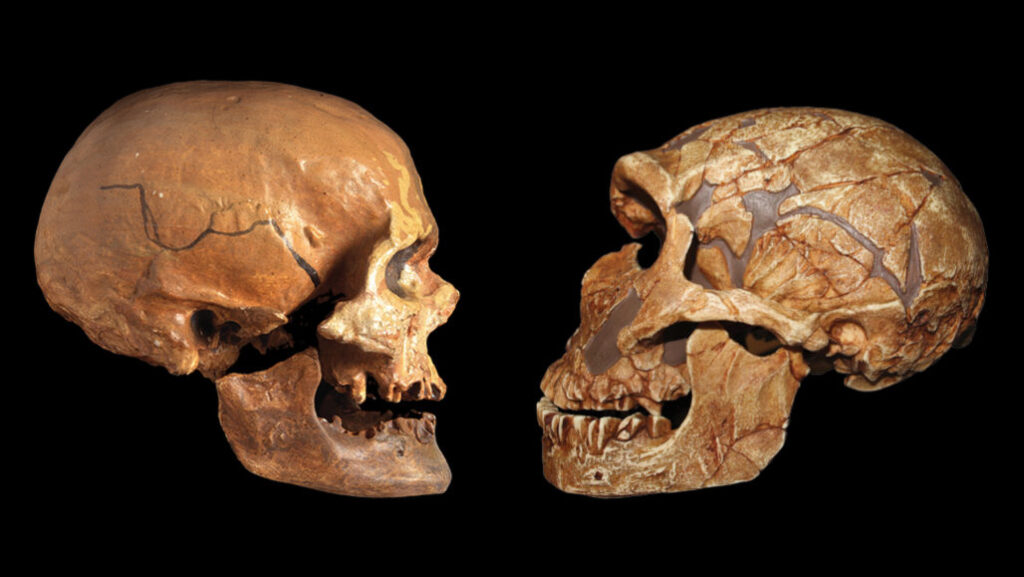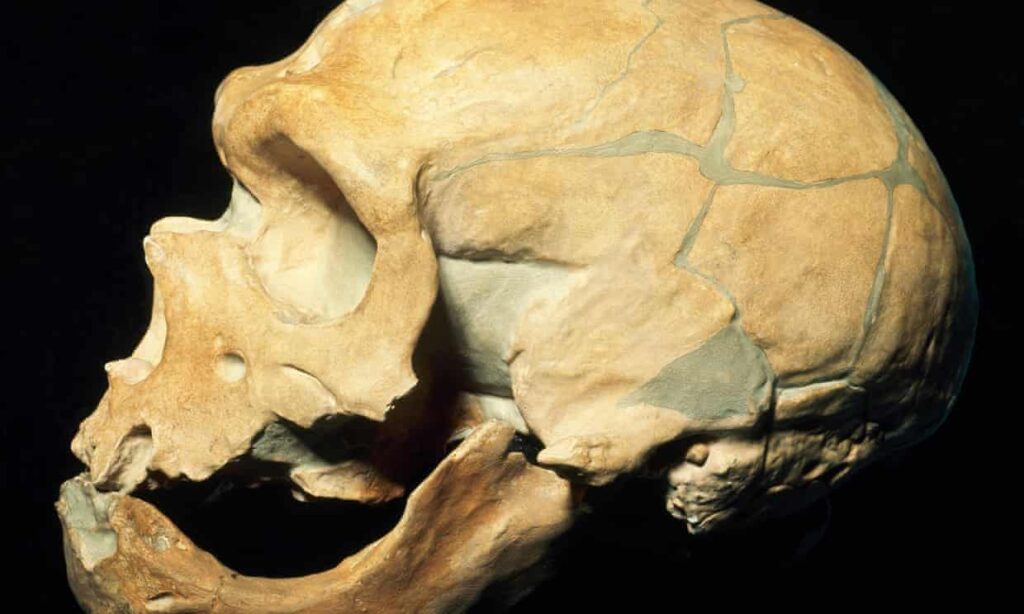Modern Africans and Europeans may have more Neanderthal ancestry than previously thought

It has been revealed for the first time that African populations share Neanderthal ancestry, in findings that add a new twist to the tale of ancient humans and our closest known relatives.
It was previously believed that Neanderthal genes were transmitted by only non-African populations due to interbreeding that took place after a major human migration out of Africa and across the globe about 60,000 years ago.
The most recent findings indicate that Neanderthal lineages are more closely intertwined than once thought and point to far earlier interbreeding events, about 200,000 years ago.
“Our results show this history was much more interesting and there were many waves of dispersal out of Africa, some of which led to admixture between modern humans and Neanderthals that we see in the genomes of all living individuals today,” said Joshua Akey, an evolutionary biologist at Princeton University and senior author of the research.
The study suggests living Europeans and Asians carry about 1% Neanderthal DNA, compared with on average 0.3% for those of African ancestry.

Akey and colleagues believe that this Neanderthal DNA arrived in Africa with ancient Europeans whose ancestors – over many generations – had left Africa, met and mated with Neanderthals and then returned to Africa and mixed with local populations.
“An important aspect of our study is that it highlights humans, and hominins, were moving in and out of Africa for hundreds of thousands of years and occasionally admixing,” said Akey. “These back-to-Africa migrations, largely from ancestors of contemporary Europeans, carried Neanderthal sequences with them, and through admixture, contributed to the Neanderthal ancestry we detect in African individuals today.”
The increasingly fine-grained details of our ancestors’ migration patterns and intimate encounters with other types of humans are coming into focus thanks to the advent of sophisticated computational genetics techniques.
These statistical methods allow scientists to line up the Neanderthal genome side by side with that of ancient modern humans and DNA from different living populations and figure out whether the different lineages have been steadily diverging or whether there are blips where large chunks of DNA were exchanged at certain time points.
The latest comparison highlights previously unnoticed ancient human genes in the Neanderthal genome apparently acquired from interbreeding events dating to about 200,000 years ago.
This suggests an early group of humans travelled from Africa to Europe or Asia, where they encountered Neanderthal populations and left a faint imprint on their genome that could still be detected more than 100,000 years later.
The paper also highlights the relative lack of genetics research in African populations, despite modern humans having first emerged on the continent and despite African populations today being more diverse genetically than the inhabitants of the rest of the world combined.
“To more fully understand human genomic variation and human evolutionary history, it is imperative to comprehensively sample individuals from all regions of the world, and Africa remains one of the most understudied regions,” said Akey.
It is not known whether all African populations, some of whose roots stretch into the deep past, share this Neanderthal heritage. KhoeSan (bushmen) and Mbuti (central African pygmy) populations, for instance, appear to have split off from other groups more than 100,000 years ago.





